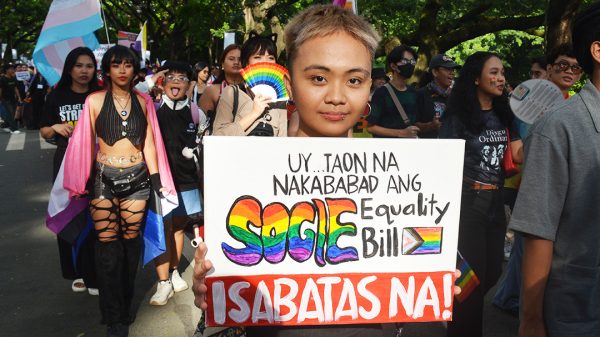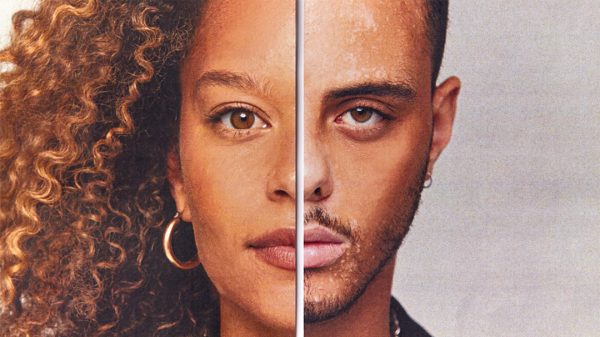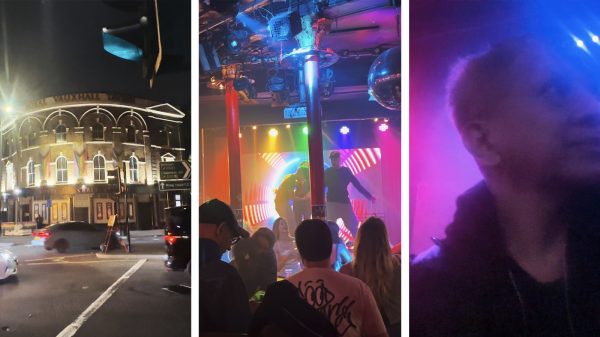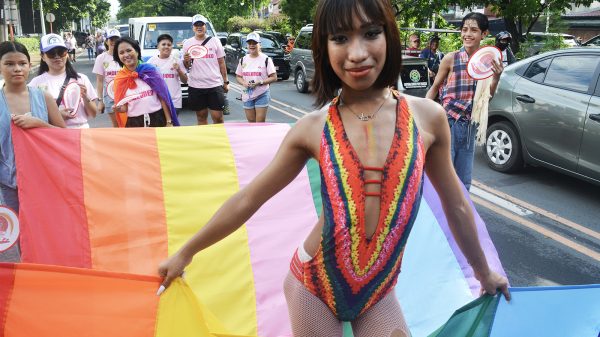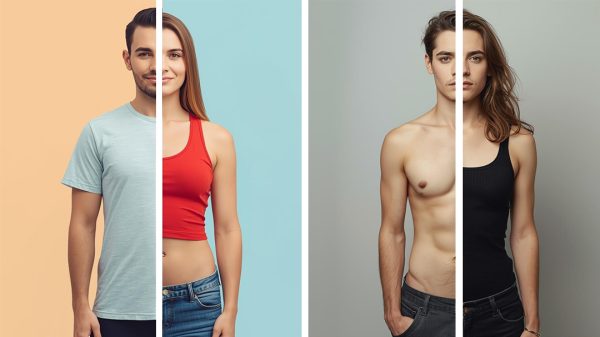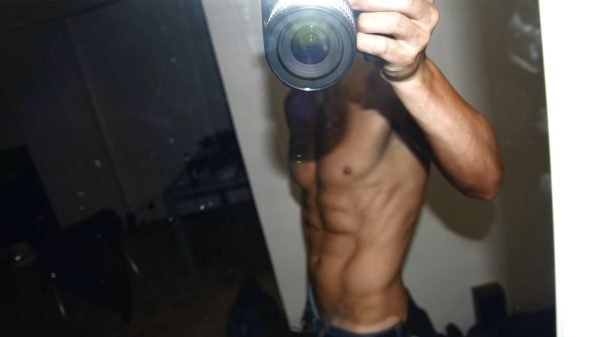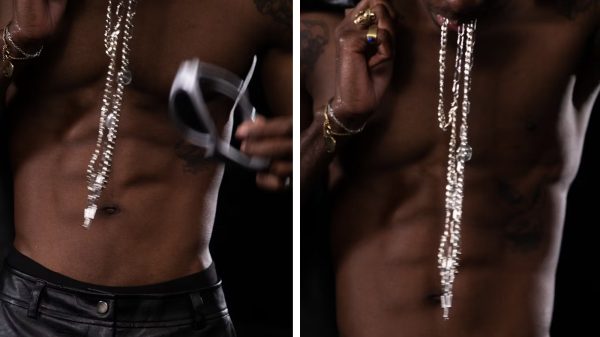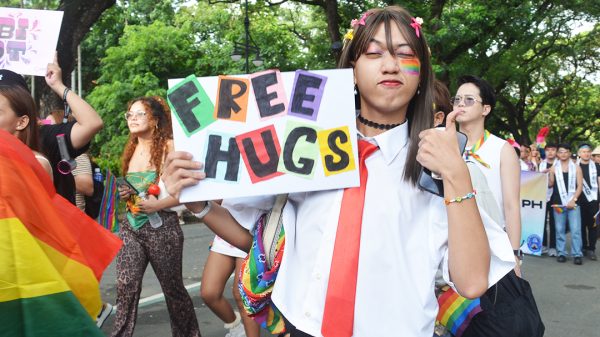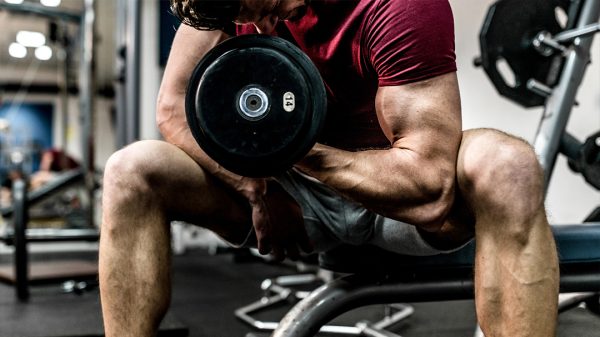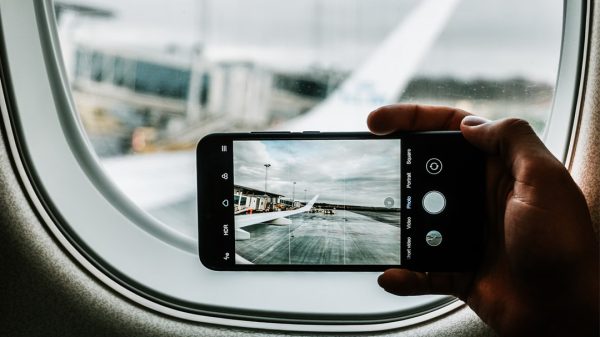Fashion is an ever-evolving phenomenon that reflects the spirit of its time while drawing inspiration from the past. From ancient civilizations to modern runways, clothing and accessories have been integral to human expression and identity. Understanding the origins of fashion trends provides insights into societal values, technological advancements, and cultural exchanges that have shaped our world.
In this article, we explore the fascinating journey of fashion and accessory trends from their humble beginnings to contemporary influences.
Ancient beginnings
The history of fashion can be traced back to ancient civilizations such as Egypt, Mesopotamia, and China. In these societies, clothing served practical purposes like protection from the elements and societal roles, but it also held symbolic significance. Elaborate garments denoted social status, while specific colors, fabrics, and designs conveyed cultural beliefs and religious affiliations.
Accessories, too, had a vital role in ancient fashion. Jewelry crafted from precious metals and gemstones adorned both men and women, signifying wealth, power, and spirituality. Accessories like belts, bags, and headdresses were not only functional but also served as statements of style and identity.
Medieval europe and renaissance
During the Middle Ages in Europe, clothing became more structured and began to differentiate between social classes. The sumptuary laws of the time dictated what fabrics, colors, and styles were permissible based on one’s rank or wealth. However, the Renaissance period saw a resurgence of artistic and intellectual pursuits, leading to a flourishing of fashion and accessory design.
Renaissance fashion was characterized by opulence and extravagance, with elaborate garments adorned with intricate embroidery, lace, and jewels. Accessories such as gloves, fans, and ornate headpieces became indispensable elements of high society attire, reflecting the newfound appreciation for aesthetics and beauty.
Industrial revolution and modernization
The Industrial Revolution in the 18th and 19th centuries brought significant changes to the fashion industry. Mass production techniques allowed clothing and accessories to be manufactured more efficiently, making them more accessible to a broader range of people. This era also saw the rise of fashion magazines and couture houses, which played a crucial role in disseminating trends and shaping consumer tastes.
The Victorian era was characterized by modesty and restraint in fashion, with women’s clothing emphasizing voluminous skirts and corseted silhouettes. Accessories such as parasols, gloves, and brooches were popular among the upper classes, adding a touch of elegance to everyday attire.
20th Century and beyond
The 20th century witnessed unprecedented shifts in fashion and accessory trends, driven by rapid technological advancements, changing social norms, and global events. The roaring twenties brought about a revolution in women’s fashion, with the emergence of flapper dresses, bob haircuts, and Art Deco-inspired accessories.
The mid-20th century saw the influence of Hollywood glamour and couture fashion houses like Dior and Chanel, which introduced iconic styles such as the New Look and the little black dress. Accessories like pearls, sunglasses, and handbags became synonymous with chic sophistication.
In the latter half of the century, youth culture and subcultures like the hippies, punks, and hip-hop aficionados began to exert a significant influence on fashion trends. DIY aesthetics, vintage clothing, a Secrid cardholder, and statement accessories became hallmarks of these movements, challenging conventional notions of style and beauty.
Contemporary trends
In the 21st century, fashion and accessory trends are shaped not only by designers and celebrities but also by social media influencers and street style. The rise of fast fashion brands and online shopping has democratized access to the latest trends, allowing consumers to experiment with their personal style like never before.
Sustainability and ethical fashion have also emerged as significant considerations in the modern fashion industry, with consumers increasingly demanding transparency and accountability from brands. Eco-friendly materials, fair trade practices, and upcycling initiatives are becoming more prevalent as awareness of environmental and social issues grows. From ancient civilizations to the digital age, fashion and accessory trends have evolved in response to changing tastes, technologies, and cultural influences. While trends may come and go, the essence of fashion remains constant: self-expression, creativity, and the eternal quest for beauty. By understanding the origins and evolution of fashion trends, we gain a deeper appreciation for the artistry and craftsmanship that continue to inspire us today.

